I have a cheap set of LED string lights. There are 20 lights, all wired in parallel connected to a small battery bank. There are 2, 3V batteries wired in series, providing 6V of power to the string.
This is a little confusing, since I know LEDs run on 2-3V, but I verified my physics with a voltage meter, and two 3V batteries in series is really 6V. If I try putting the batteries in parallel, they produce 3V and the lights do not come on.
For a small DIY project, I would like to hardwire these lights. That is, I would like to connect them to the 120V system in my house. I found an old 12v DC converter and I have a buck step down converter. Wiring the two units together, I can easily create a DC power supply, supplying 6v.
But should I?
It turns out the answer is NO, they will burn out very quickly. In fact, I can power the lights just fine with 2.3V when they are hardwired.
Why can I power the lights with 2.3V of power when they are hardwired, but I require 6V when using a battery pack?
A follow-up (safety) question. Just because I can do this, should I? Is there a safety concern with the LEDs when hardwired using a DC and step down converter?

